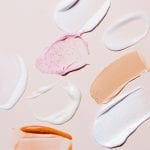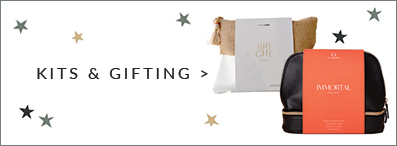Active ingredients in skincare
Wondering what the difference is between AHA’s and BHA’s and what the heck Retinol is? You’re not the only one.
Skincare ingredients can be overwhelming and confusing. All we really want to know is which ingredients should we look for to reach our skin goals…right!?
It is important to start with a skincare routine full of powerful ingredients (aka active ingredients) which target and fight common skin concerns.
What are active ingredients?
Simply put, an active ingredient is something that is proven to address a specific skin concern and therefore have a beneficial effect on the skin which is backed by scientific data. For example, Vitamin A has been proven to have a rejuvenating effect on fine lines and wrinkles. There is a wide range of active ingredients for specific skin concerns ranging from acne to hyperpigmentation and they are your best bet for visible results.
Understanding actives can come in handy. We like to think of them as the heavy lifters of skincare. However, not all actives are equal. Some skincare brands, claim actives when they are barely there or combinations that may not count for much. Here, you can discover top actives, what they do and whether you should use it.











